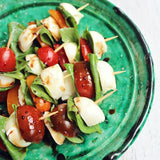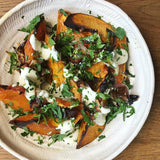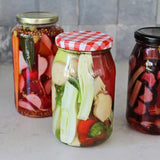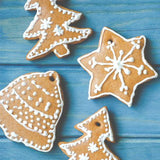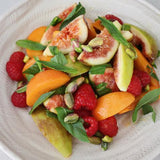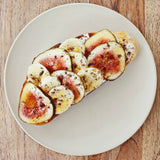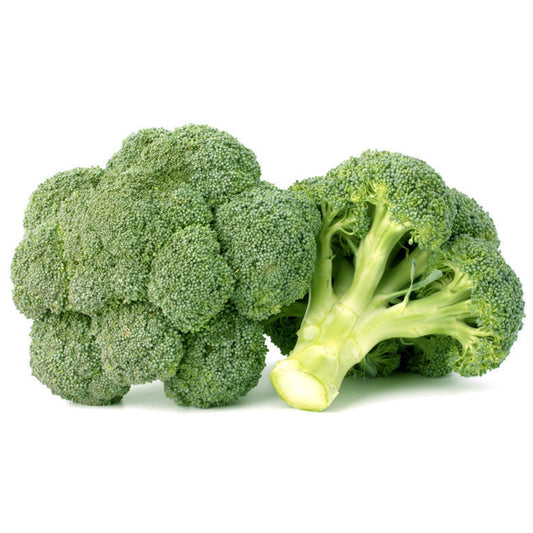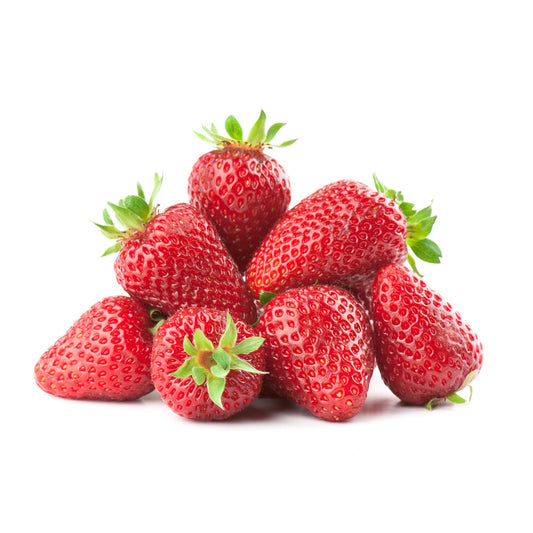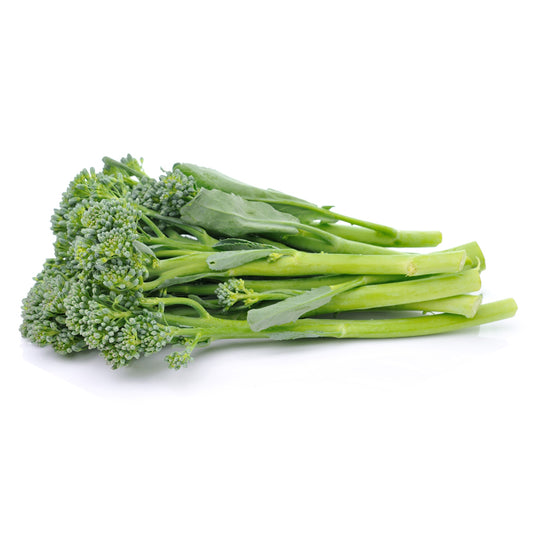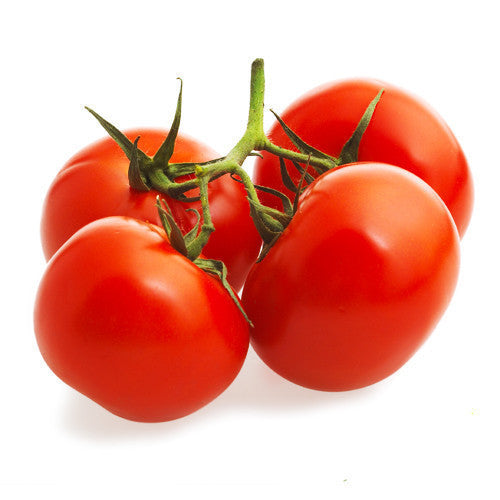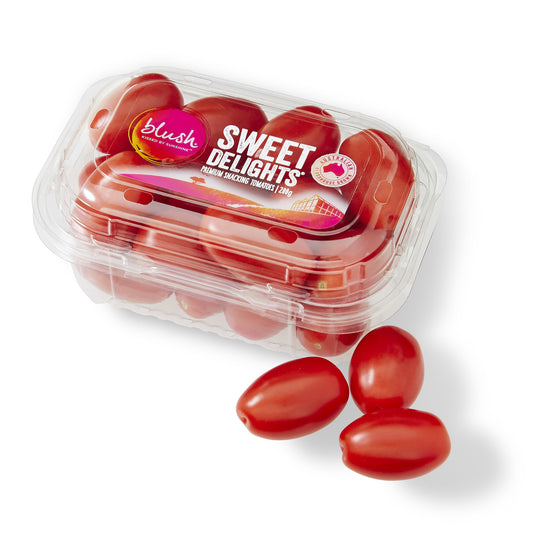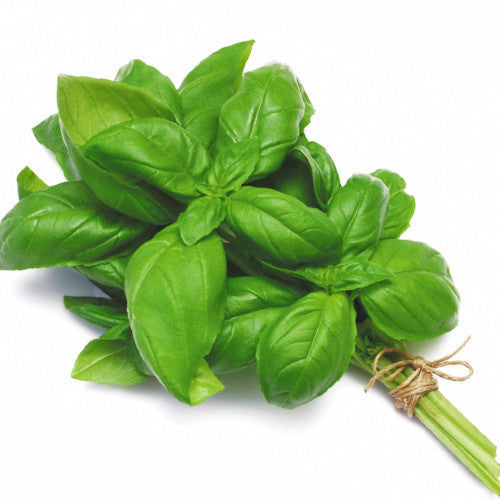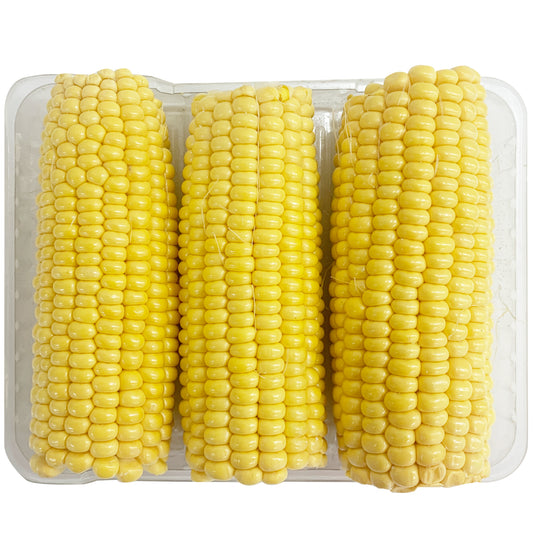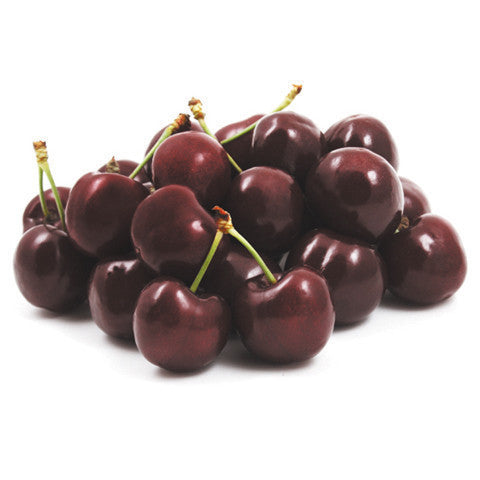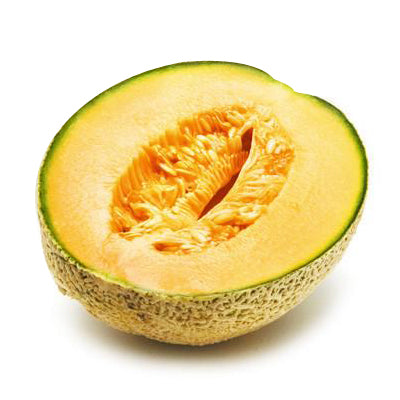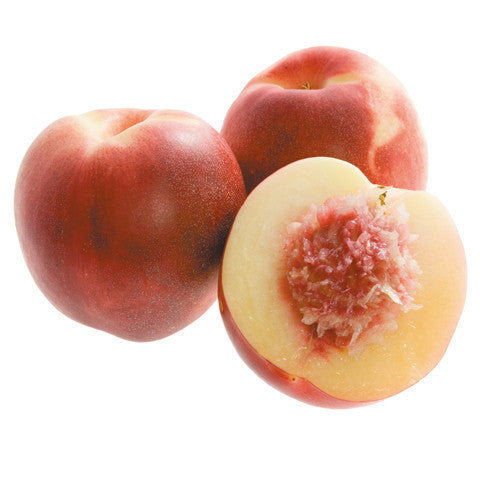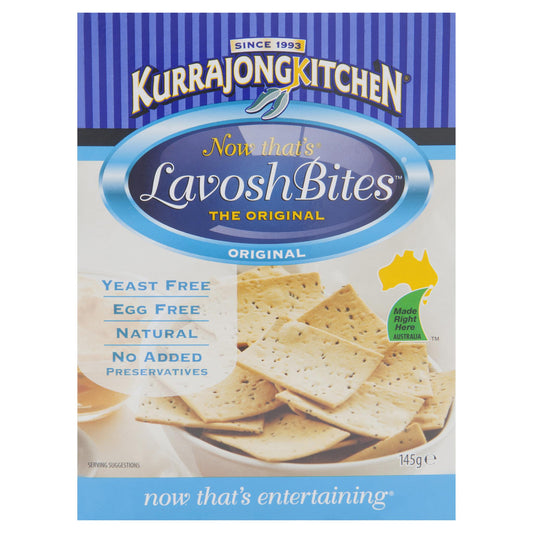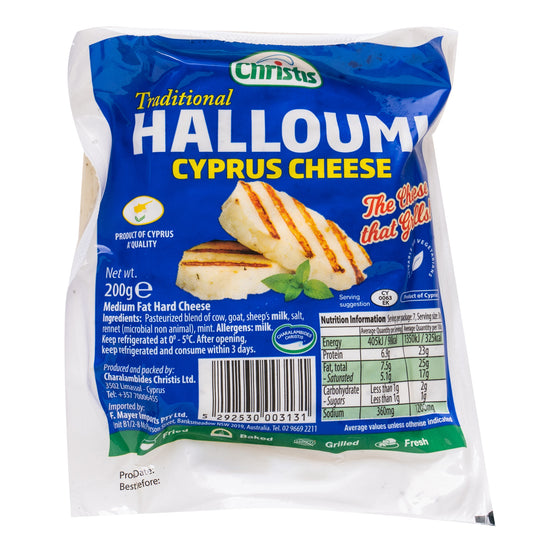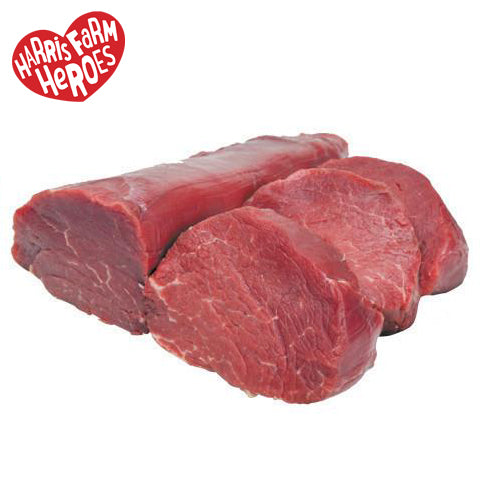
Whether you’re a true turophile (def; a connoisseur of cheese : a cheese fancier), or an occasional dabbler, putting together the perfect platter can be overwhelming.
So before you find yourself quivering in front of the dairy cabinet, or revert to your standard wedge of washed rind, here are eight questions to help set you on the right path.
(But remember, when it comes to cheese there are no bad choices.)
When am I going to serve it?
If you want to be French about it, a cheese platter is served as a mid-course, sandwiched between main and dessert. Yet there’s no reason to stand on ceremony. Cheese plates can just as easily be rebranded as antipasto or mezze, rounded out with cured meats and marinated vegetables and served as a casual alternative to an entrée. Similarly, a neat selection pulled out late into the night can serve as a steadying supper before everyone rolls home.
How many should I buy?
The French tradition extolls that cheeses should be presented in odd numbers; one, three, five or seven – odd numbers also have the benefit of appearing more pleasing to the eye.
What kinds should I buy?
Choose a combination of styles – from fresh cheeses (goat cheese, marinated feta, or ricotta adorned with sea salt and olive oil), washed rind, semi hard, aged and blue. Try to have at least one cheese on the board which will be a surprise to someone, and also remember it’s often a good idea to include at least one hard cheese in the mix in case you’ve got any expectant friends. It’s also a good idea to stick to one theme, or region for consistency. That bowl of hummus or baba ganoush will probably shine best on a Middle Eastern style mezze platter with labna and olives, rather than cosying next to an oozing brie.
Some ideas…
Australian
This trio is a great way to celebrate Australian produce.
- King Island Seal Bay Triple Cream Brie
- Margaret River Vintage Cheddar
- Udder Delight Goat curd transferred into a bowl and drizzled with honey, some finely chopped rosemary and sprinkled with Margaret River pink salt.
Serve with fruits in season, like crisp slices of pear and apple or quartered figs, plus walnuts, Maggie Beer Cabernet Paste, some fresh bread and some crisp crackers.
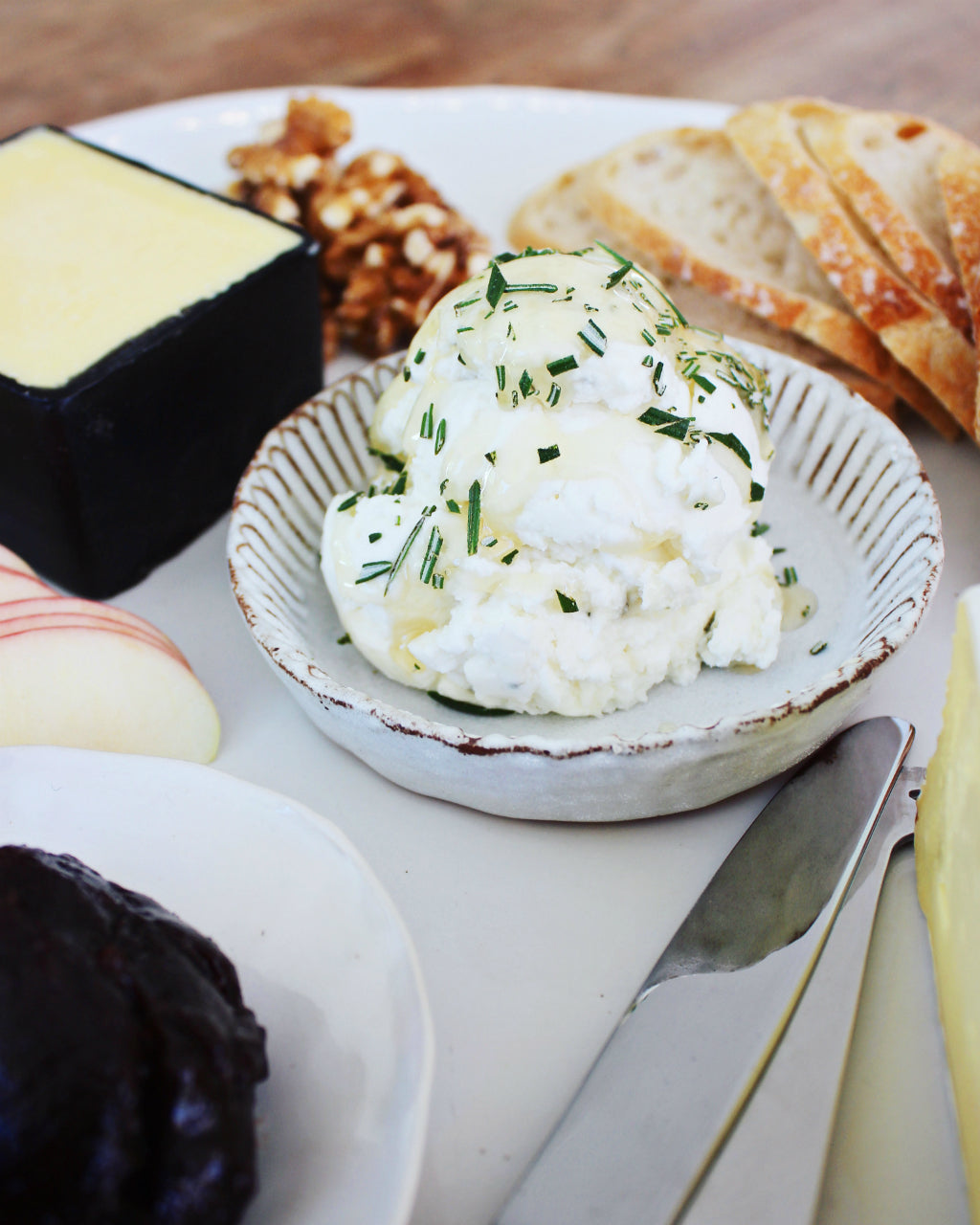
European Delights
Push the boat out with a decadent European board.
- Try a wedge of Truffle D’affinois when it’s in season, or a perfectly ripe triple cream Brillat Savarin straight from the box
- Capra Kaas semi hard goats’ cheese from the Netherlands
- St Agur Blue, or Gorgonzola Dolce
- English Double Gloucester Cheddar
- A log of chevre
Serve with fruit bread, muscatels and other dried fruits like apricots and dates, fig paste, water crackers and slices of Pink Lady apple, pear and fresh grapes.
Antipasto
Keep it Italian by combining your cheeses with some cured meats and marinated vegetables.
- Fresh ricotta, sprinkled with a pinch of dried chilli flakes, lemon zest and extra virgin olive oil
- Parmesan Reggiano
- Cherry Bocconcini, drained, drizzled with extra virgin olive oil and sprinkled with sea salt
- Cured sliced meats
- Marinated Sicilian Olives
- Marinated Grilled Artichokes
Serve with grissini, trimmed wedges of fennel, and toasted pane di casa bread.
How much should I buy?
When buying cheese think about serving approximately 40-50 g of cheese per person. If you find yourself with an excess, it sometimes helps to recall the sentiments of Mae West; “Too much of a good thing can be wonderful”.
How should I store it?
Cheese are best stored from 4 C – 15 C, so keep them in the fridge until about one hour prior to serving. When storing your leftovers – soft cheeses, washed rind and blue cheeses should be wrapped in waxy, grease-proof paper. Hard cheeses can be wrapped in plastic to stop them drying out. It’s best to keep the cheeses separate to prevent the flavours mingling.
How should I serve it?
Any ceramic, wooden or stone board or plate will make a great base. You might want to think about having a few different platters, particularly if you’re conscious of your camembert kissing up to your cheddar. Having multiple knives available is also a good idea.
French tradition suggests that cheeses be arranged clockwise, from mild to strong. It also can help to cut a few pieces of each cheese to start with to give everyone an indication of the best way to tuck in.
(For round cheeses, cut a small wedge and remove it with the blade of your knife. For wedges of cheese, cut diagonally across the bottom, this is to ensure the last person will not be left with just the rind.)
What should I serve with it?
If it’s a French-style cheese course, one or two bread like substances are best. Some maintain that bread is superior to crackers, but crackers provide a great textural contrast. Other options are fruit bread, fresh grapes or thin slices of crisp fruits like pear and apple, nuts, olives, dried fruit or relishes like fig jam, cherry compote or quince paste. And if you’re building a larger antipasto platter then you could consider a few dips, grissini, cured meats, marinated vegetables. Let your imagination lead the way. Just don’t forget to include a small bowl for the olive pits.
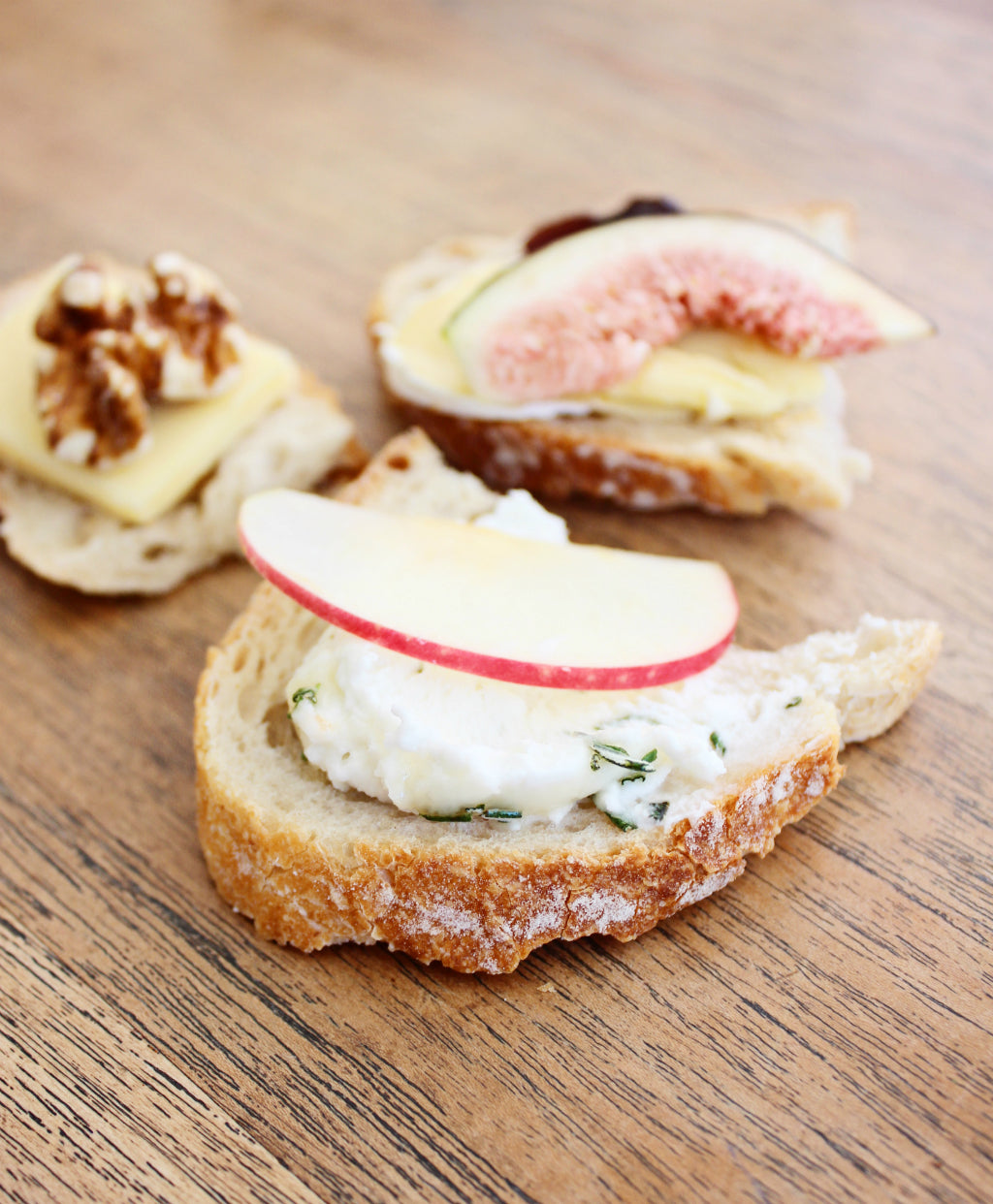
What about the leftovers?
If wrapped and stored properly cheese will keep well in the fridge. Be sure not to toss away the rinds of hard cheeses like parmesan and pecorino. These will add a great depth of flavour to your next bolognaise (just be sure to pluck them out before serving). If you know for sure you’re not going to get to your cheese anytime soon, you can always grate semi hard and hard cheeses and freeze them in ziplock bags ready to boost a white sauce for mac and cheese, lob into the belly of an omelette with some baby spinach or use as a filling for a morale boosting late-night toastie.
--


